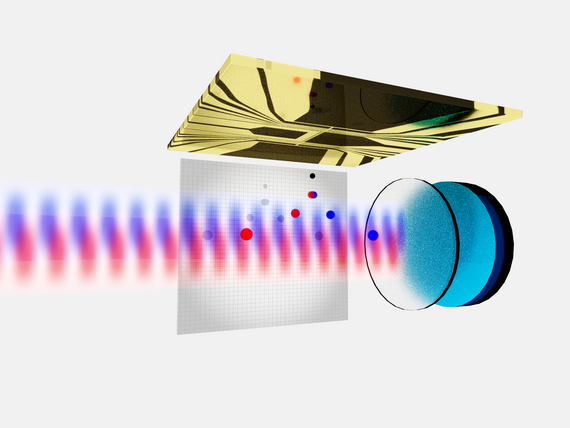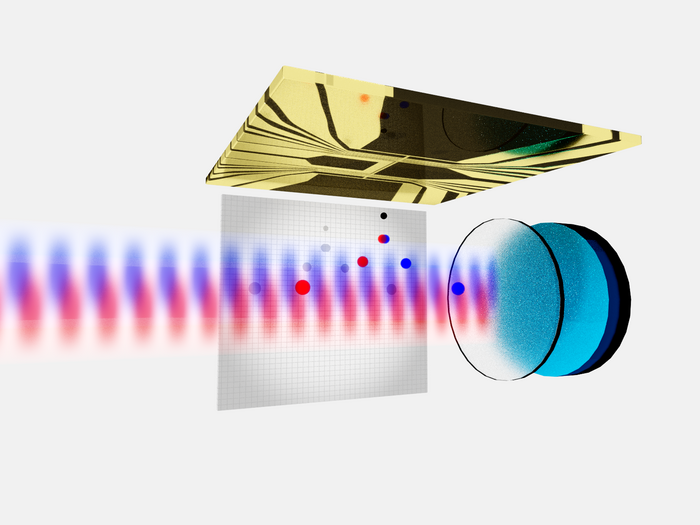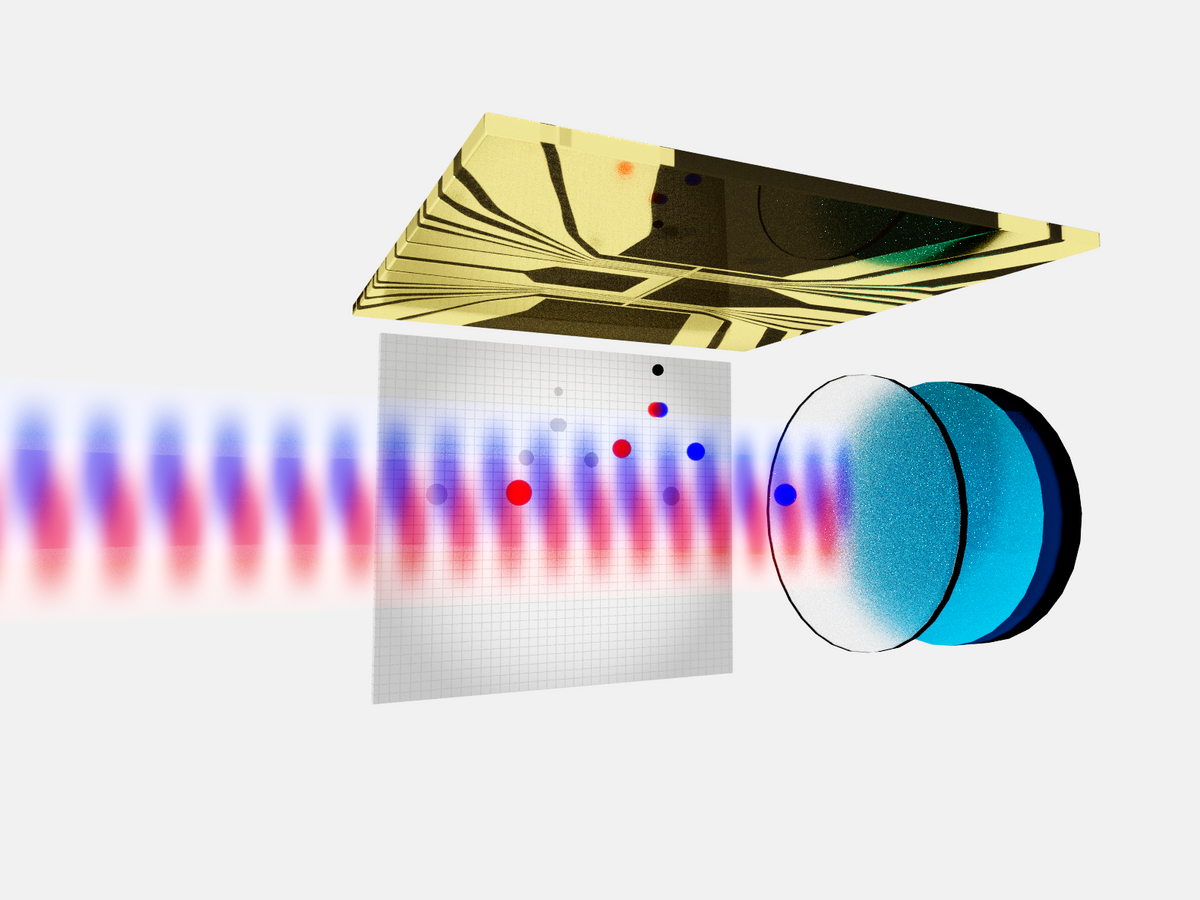


The manipulation of atoms with laser light is the central element in light pulse atom interferometers. The transfer of photon momenta and the impulsion of part of an atom's wave function gives rise to inertial sensitivity in an interferometer. One holy grail of today's research in atom interferometry is the increase of wave packet separation in momentum space by large momentum transfer to have an additional lever for improving the interferometer's scaling factor beside the pulse separation time.
For the detection of infrasound gravitational waves the large momentum transfer is considered to be one of the most relevant techniques, which leads to a maximum delocalization of the superposition of an atomic wave function. The imprint of a larger momentum during the beam splitter using higher-order Bragg diffraction is limited by the available laser power. Further increase is either achieved by applying additional sequential pulses or Bloch oscillations in between the sequence of beam splitter pulses. An elegant method to surpass some systematic uncertainties is the use of symmetric beam splitting, which we pioneered with double Bragg diffraction. We implement an optical twin lattice to symmetrically transfer a nearly unlimited amount of photon momenta onto atomic wave functions. A twin-lattice is generated by a light field of two frequency components retro-reflected off a mirror and thus forming two moving lattices.
A key prerequisite for the large momentum transfer is a high-power lattice laser system, which we construct based on frequency doubling of a fiber laser system at the telecommunication wavelength at 1560nm. With our novel methods a momentum transfer of far more than thousand photons could be achieved experimentally. With a twin lattice interferometer we study the coherence of vastly separated momentum states.
Research Goals
- Study the efficient manipulation of atoms by laser light
- Use of optical twin lattices for the transport of atoms
- Coherence study of far separated momentum states
- High-power fiber laser systems with frequency doubling
Coordinators
30167 Hannover


